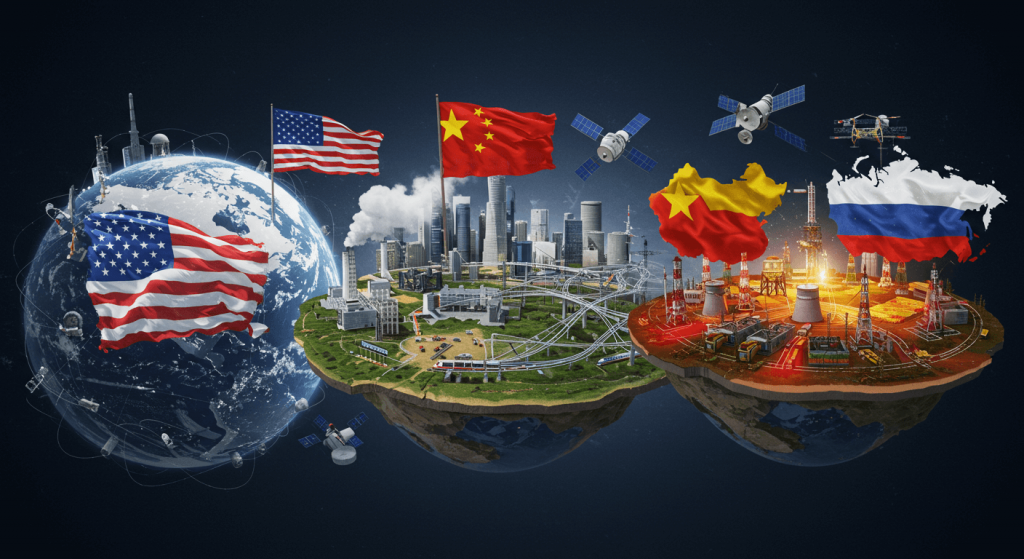By Bernardo Moreno
The bipolar world order was established after World War II, specifically following Germany’s surrender and the Yalta Conference. During this meeting, the leaders of the victorious nations—Joseph Stalin, Winston Churchill, and Franklin D. Roosevelt—laid the foundations for the Cold War and the division of the world into two blocs: the East, led by the Soviet Union, and the West, led by the United States.
This period was marked by an arms race, the expansion of spheres of influence, and the creation of military alliances such as NATO and the Warsaw Pact. The Cold War was characterized by indirect conflicts between the U.S. and the Soviet Union, including the Korean War, the Vietnam War, and the Afghan War.
With the collapse of the Soviet Union in 1991, the world entered a unipolar order, with the United States as the sole superpower. However, in recent decades, a new multipolar order has emerged, with the rise of powers such as China, Russia, and the European Union.

Today, the new world order is defined by a complex power dynamic involving three major powers: the United States, Russia, and China. Each of these powers has its own interests and objectives, leading to tensions and conflicts in different parts of the world.
In this context, the relationship between Ukraine and Russia is particularly significant, as both countries share a common history and culture but have also experienced conflicts and tensions in recent years. The crisis in Ukraine has triggered an international response, with the U.S., until recently, and the European Union supporting the Ukrainian government, while Russia has backed pro-Russian separatists in eastern Ukraine.
A scenario resembling Yalta 2.0 appears increasingly likely, where Russia and the United States would effectively partition Ukraine. Russia would likely annex the Crimean Peninsula, the Donbas region, and parts of southern Ukraine. Meanwhile, the United States would maintain control over the exploitation of rare earth elements, as well as the operation of nuclear power plants. Ukraine, in partnership with Western Europe, would be left to pursue its military objectives, with the aim of weakening Russia in the future
In summary, the new world order is a complex and dynamic system with multiple actors and conflicts. The relationship between major powers and developing nations is especially relevant, as it can generate tensions and conflicts that impact global stability.











